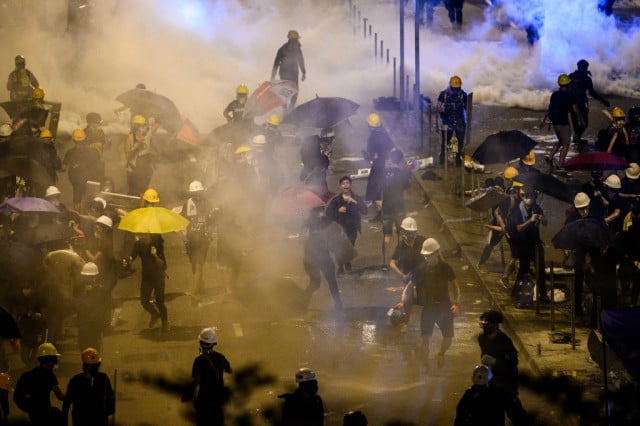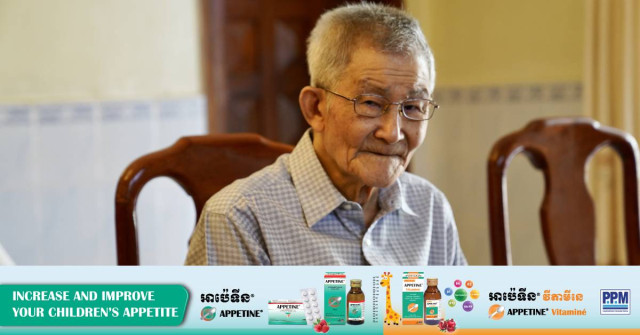The Features of the Buddha over Three Centuries in Cambodia

SIEM REAP — Exhibited at the Preah Norodom Sihanouk-Angkor Museum in Siem Reap province, three statues of the Buddha sculpted during three eras at Angkor are a rare opportunity for people to see by themselves what was unique and different between the art styles of the Baphuon, Angkor Wat and the Bayon that were separated by centuries.
Inside a comfortable air-conditioned exhibition hall filled with artefacts, stone inscriptions, Hindu and Buddhist sculptures, students and visitors have the opportunity to see for themselves, and study if they wish to do so, the differences in style that can be seen in statues of the Buddha in the 11th, 12th and 13th centuries during the Khmer Empire.
Kun Phally, head of the exhibition team and museum guide, walked us through styles of these centuries.
Baphuon style (11th century)
In this style, the Buddha appears to be young, slim and handsome in appearance. In some statues, cavity inside the eyes used to house gems for decoration. The chest is well built, and the torso is slim. The rope, depicted through the sculpted line, seems to be very thin. The head is not crowned and the hair is made in small spirally shapes or lotus shape. In the case of one statue, the Buddha is sheltering under a naga (mythical serpent). However, one part is broken, perhaps due to the religious conflicts that took place between the 12th and the 13th centuries.
_1697896971.png)
_1697896991.png)
But within a style, there are variants. In some cases, there are no eye cavities for gems. In those cases, sculptors made the eyes very extrusive, as a gem placed there would. At the National Museum of Cambodia in Phnom Penh, visitors can see a large bronze statue of Reclining Vishnu with eye cavities where gems used to be housed.
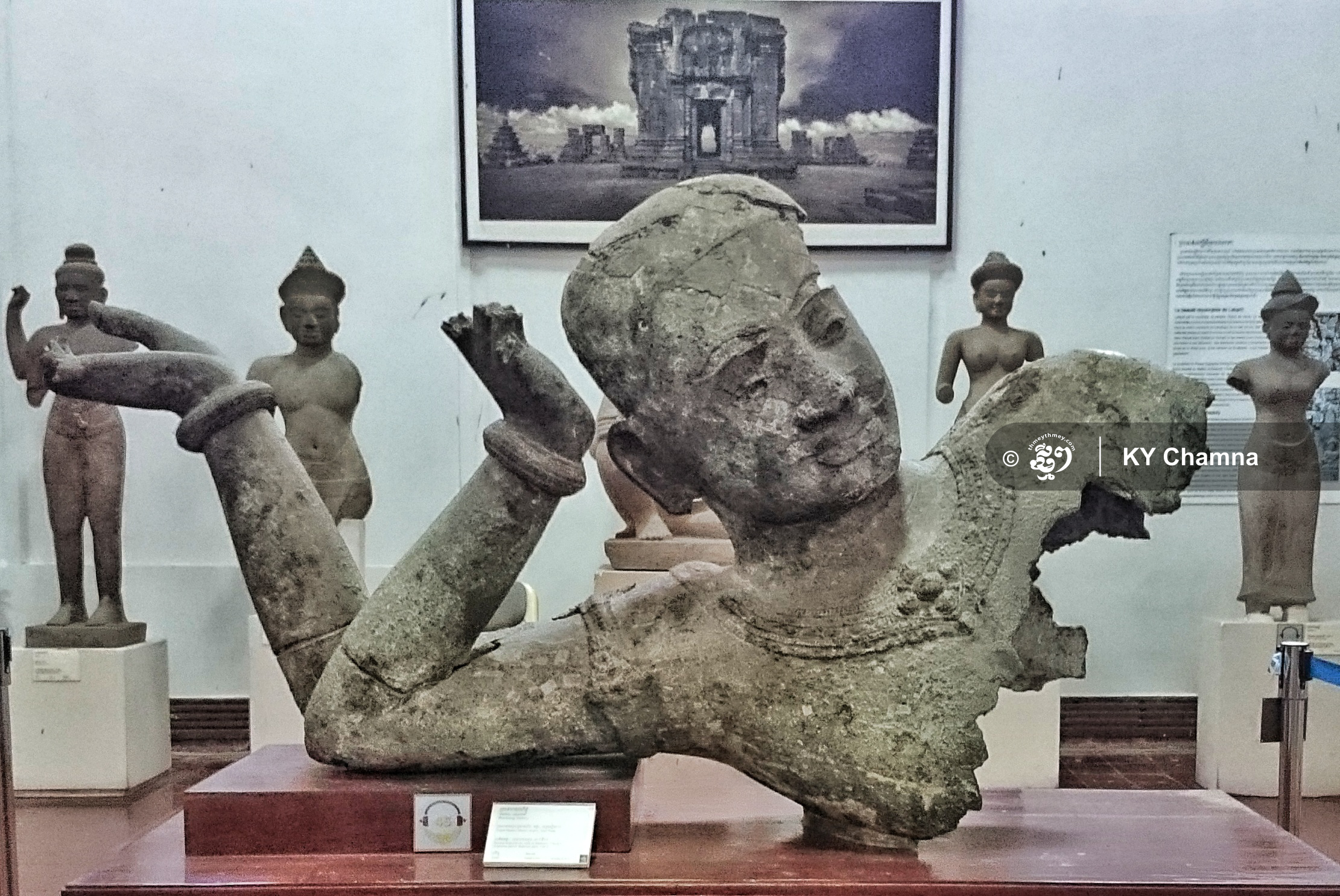
Angkor Wat style (12th century)
Although the Angkor Wat temple was dedicated to Hinduism, Mahayana Buddhism was also present during that period. Statues of the Buddha in this style were adorned with elaborate depictions of jewelleries such as crown, necklace, bracelets or armlets. Sometimes, real jewelleries would also be used. This was to reflect the value given to this important spiritual figure. In this style, the eyebrows seem to be straighter and closer between the two eyes. There are no eye cavities for jewelleries in this style as far as researchers know.
_1697897088.png)
_1697897137.png)
Bayon style (13th century)
This style features no jewellery. The facial expression of the Buddha seems to show him in a state of meditation. The rope of the body is more prominent and extrusive. Nevertheless, not all characteristics are the same. Variations might occur.
_1697897174.png)
_1697897195.png)
Based on the information board put on display at the Angkor National Museum in Siem Reap City, monuments that have typical or original statues attributed to them lend their names to particular styles. In this case, the Baphuon, Angkor Wat and the Bayon temple are among the largest and most recognizable temples in the country.
Experts have identified three main periods in Khmer art that were reflected at the following temples, locations or during the following periods:
Pre-Angkorian (6th-8th century): Phnom Da, Sambor Prei Kuk, Prei Khmeng and Kampong Preah temples.
Angkorian (9th-13th century): Phnom Kulen, Preah Ko, Bakheng, Koh Ker, Pre Rup, Banteay Srei, Khleang, Baphuon, Angkor Wat, the Bayon and temples of this style.
Post-Angkorian (14th century-present): The art of the 14th-16th century, the 17th-18th century and the 19th century-present.
Differences of style can also be seen in temple architecture as well as mythical creatures such as nagas or singhas, which are the serpent-like and lion-like mythical creatures.
The Angkor National Museum in Siem Reap city also showcase a huge collection of Buddha statues.
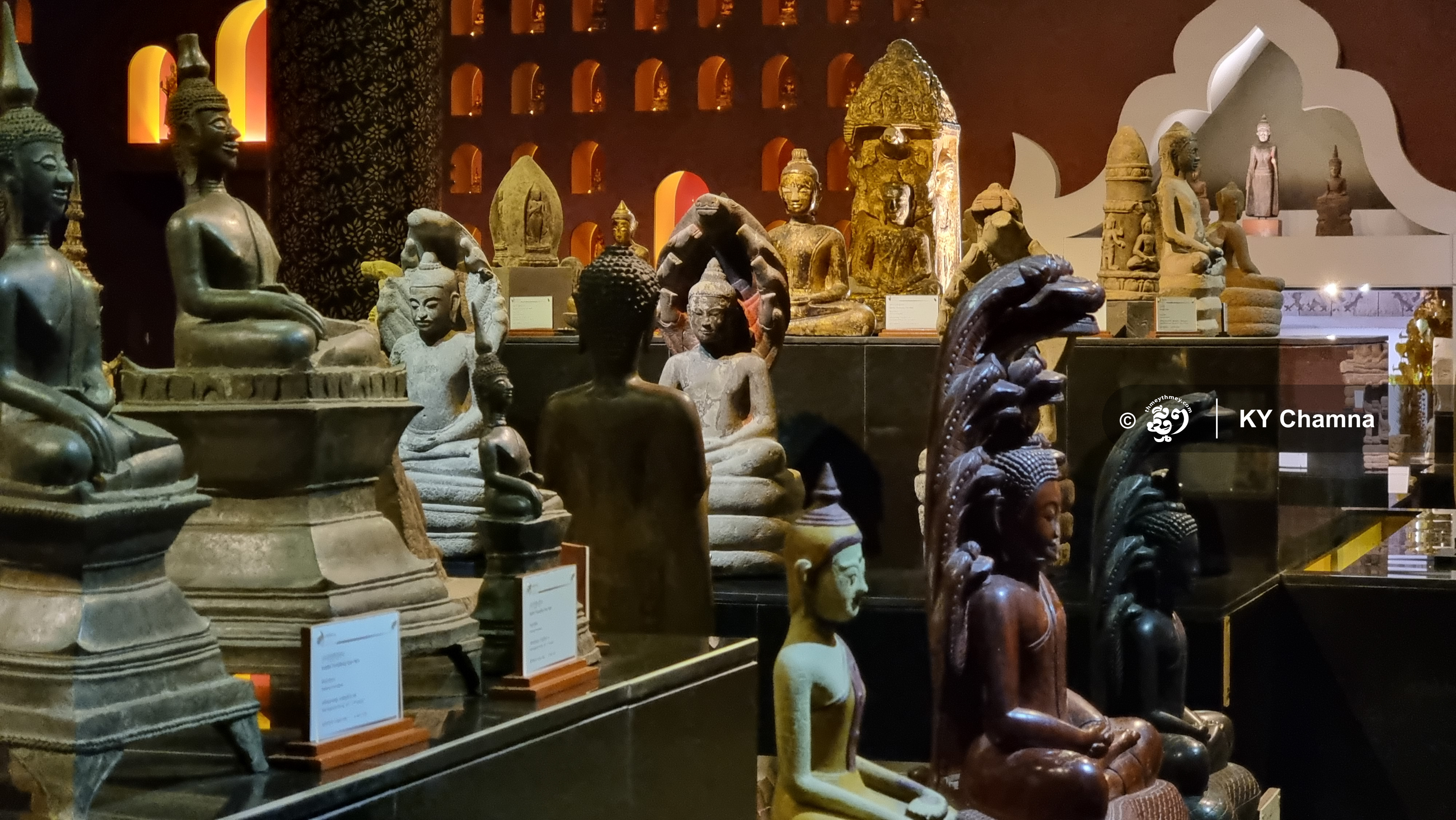
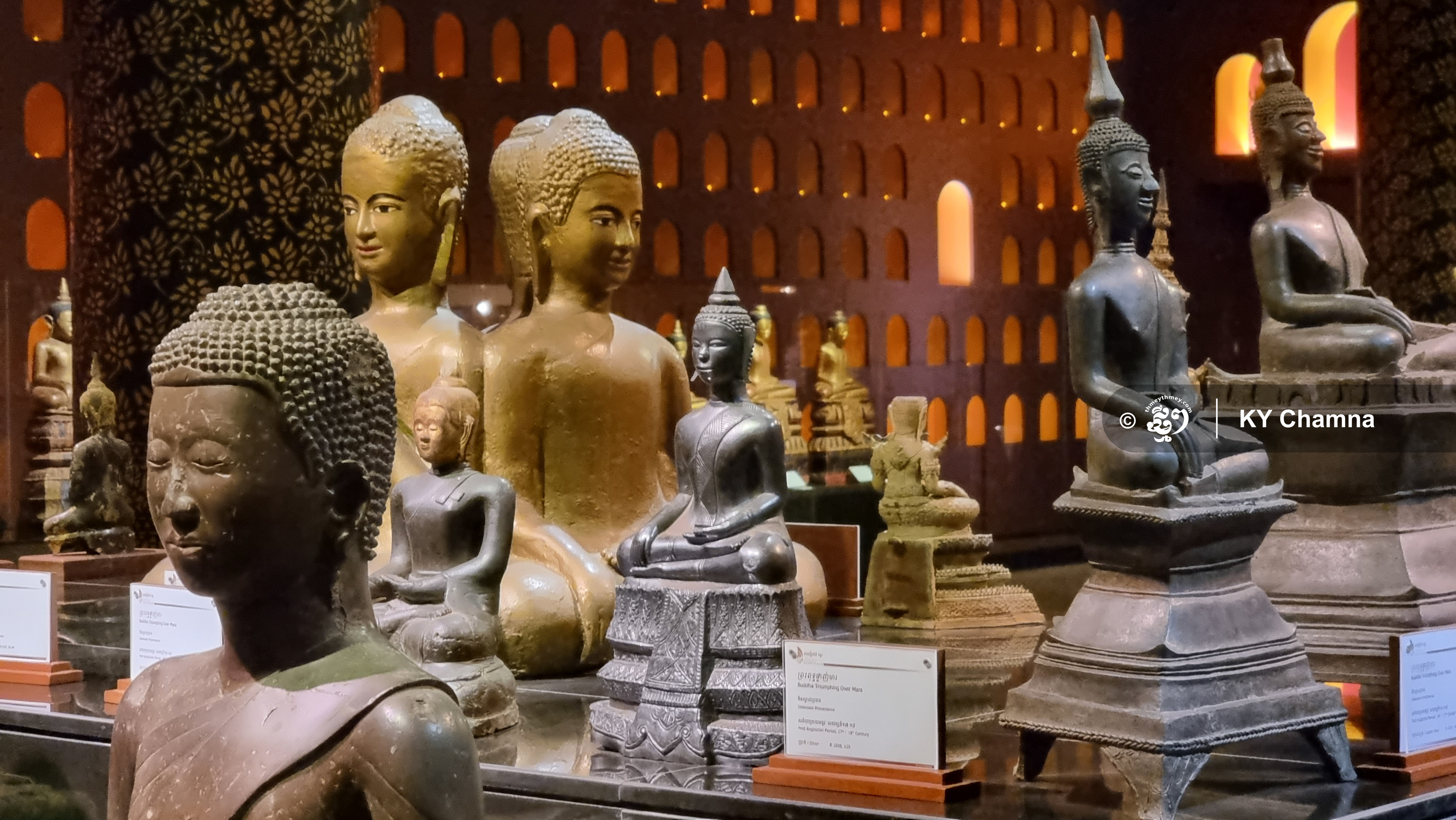
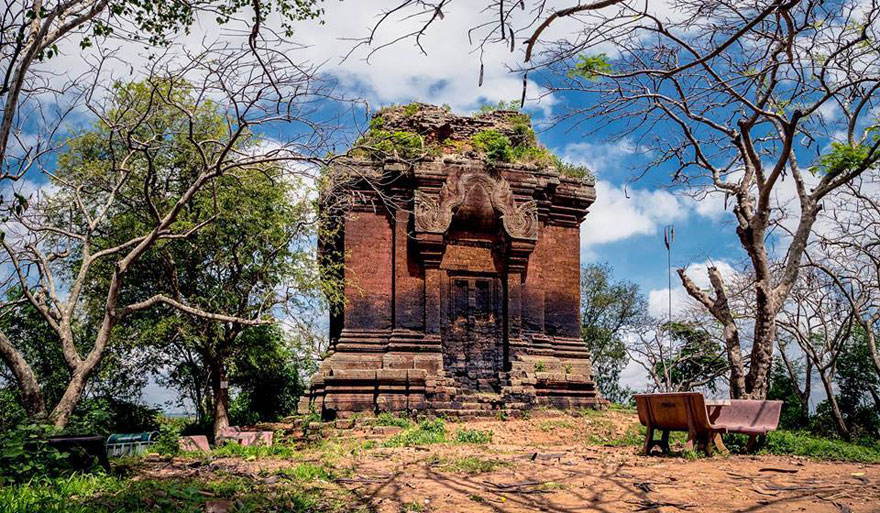
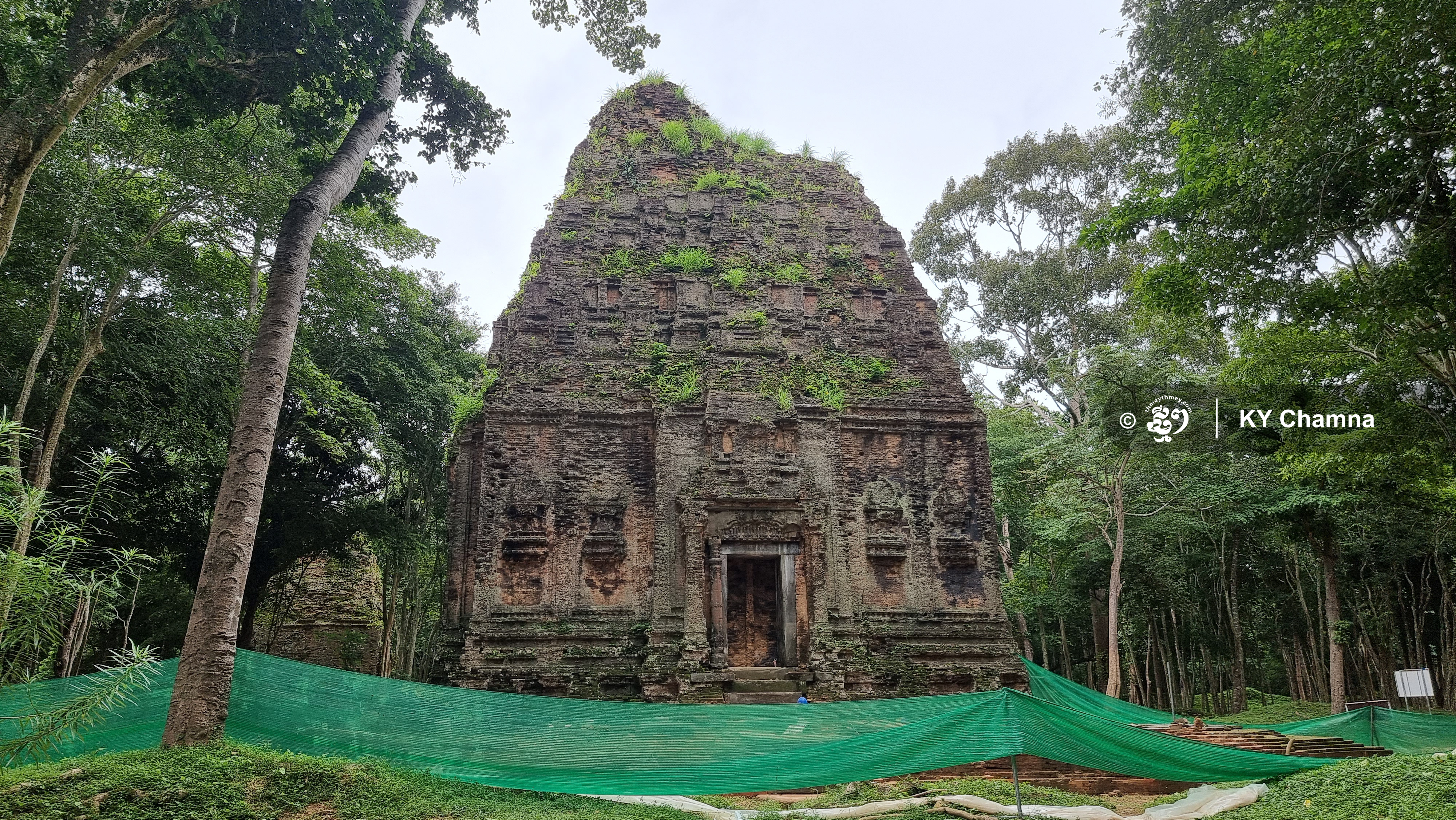
_1697895490.jpg)
_1697895551.jpg)
_1697895617.jpg)
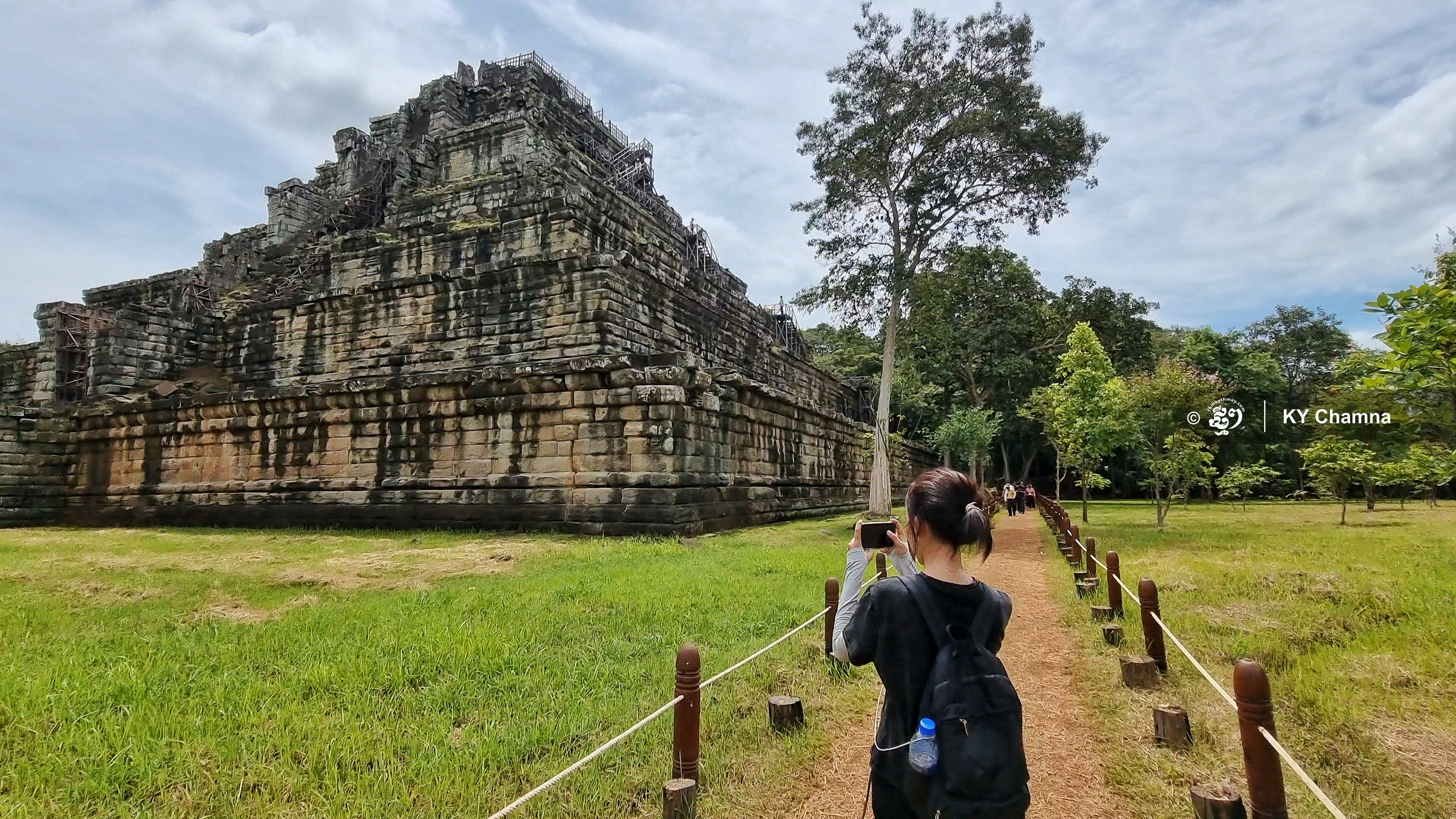
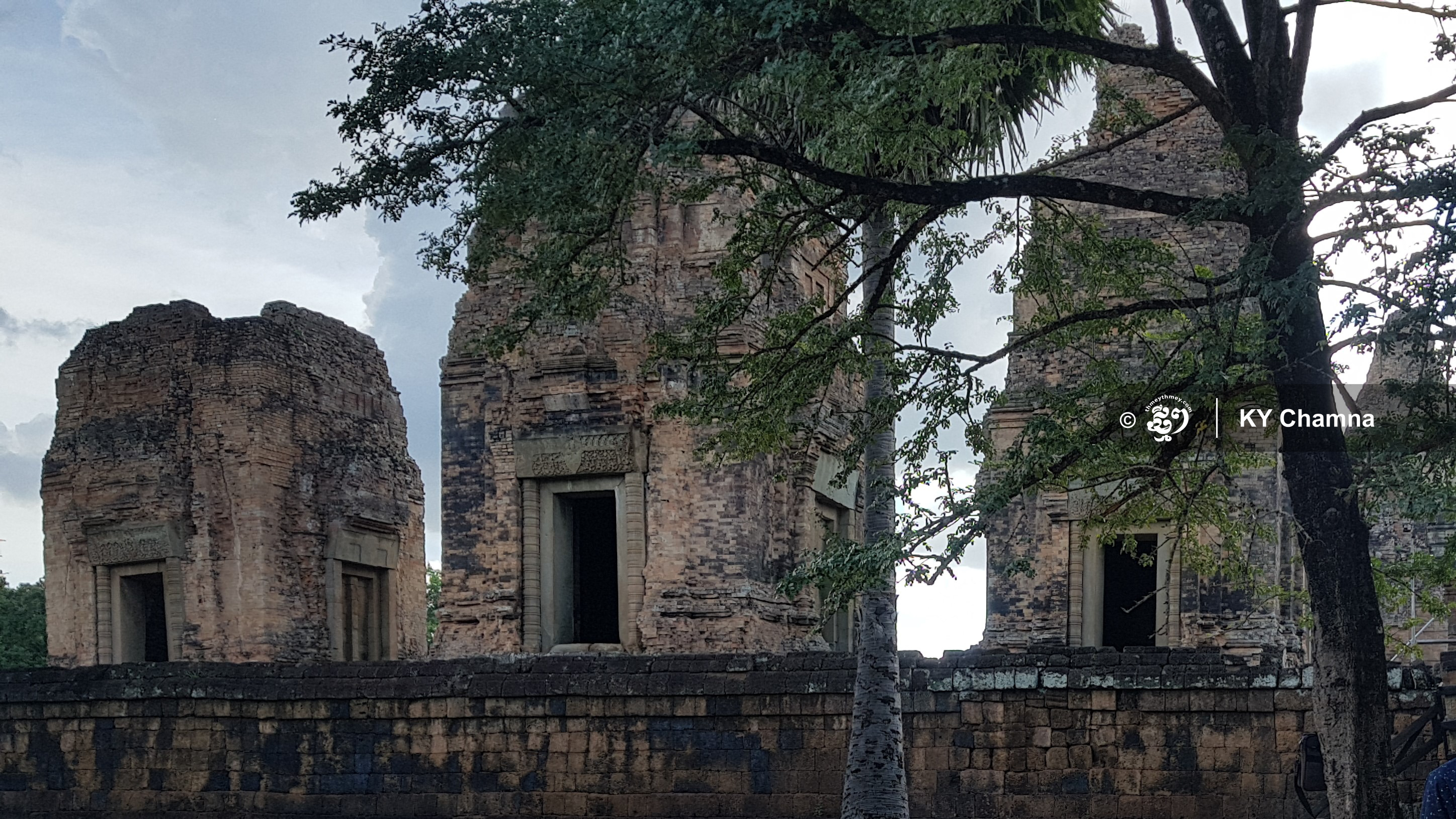
_1697895809.jpg)

_1697895900.jpg)
_1697895940.jpg)
Conducted in Khmer for ThmeyThmey News, this article was translated by Ky Chamna for Cambodianess.
To watch the interview in Khmer, click here.
Related contents on the Museum:
Angkor Antiquities in the Spotlight for a Year
Buddha Footprint on Display for Public
Centuries-old door guardian statue displayed at museum in Cambodia's Siem Reap








